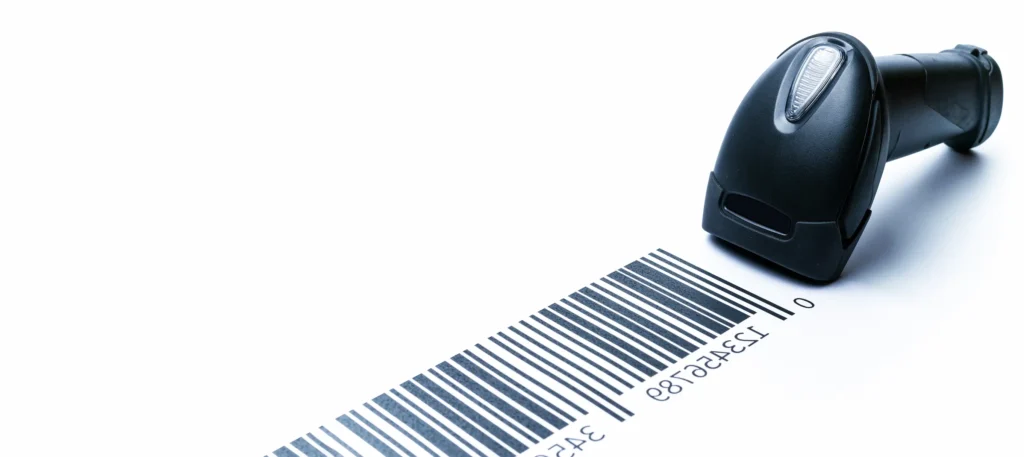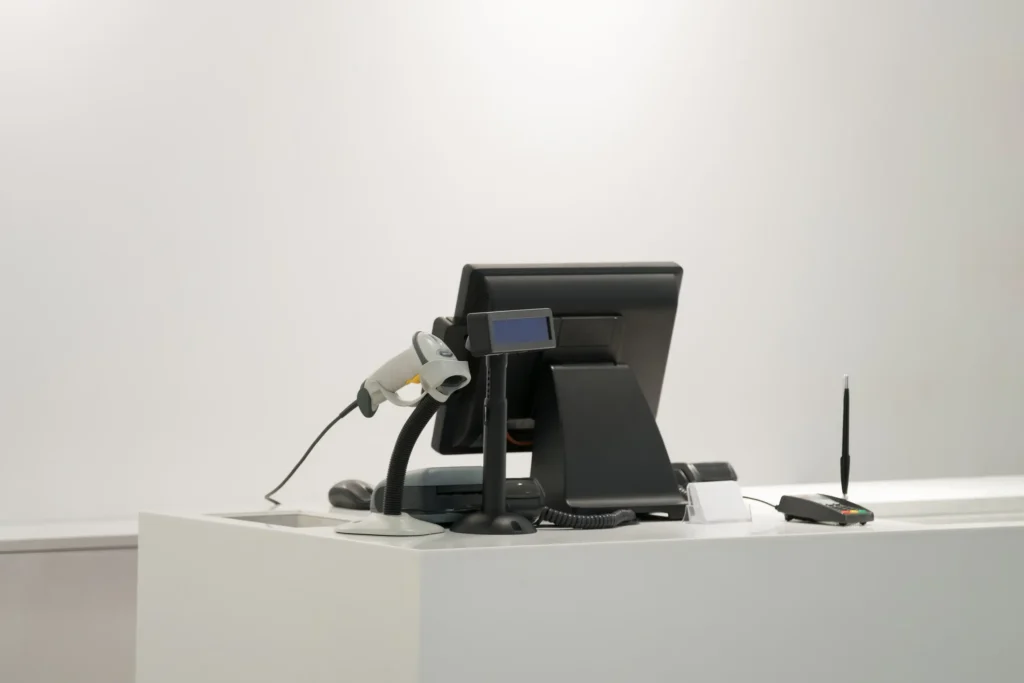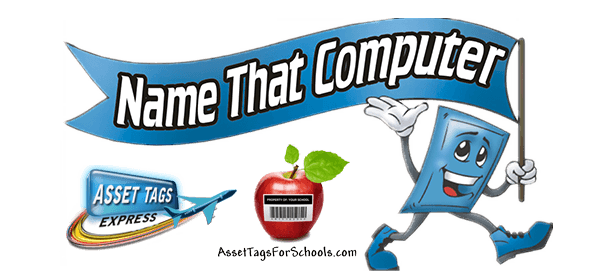A great part of properly managing a business is having valuable assets with the main objective of improving organizational efficiency and productivity. However, how can a company successfully keep track of its assets? The answer is asset tagging.
Asset tagging is a crucial part of managing your company’s computer resources. It helps you keep a record and organization of who is responsible for which assets, their specific location, and when it’s time to replace them.
Proper asset tagging ensures that your hardware and software investments remain properly utilized and up-to-date.
Here are five steps to do it correctly for those looking for asset tagging best practices.

What Are Asset Tags?
As the name implies, asset tagging adds labels to identify a specific physical property. This action aims to keep track of data from real-time location to maintenance history for appropriate equipment usage.
The Dangers of Inefficient Asset Tagging
Even though it appears simple, asset tagging requires precision, planning, and well-done execution.
One common mistake among firms is if they do not have a clear asset tag system that can fit the company’s specific needs. This can result in incomplete, inaccurate information, or undesired.
When asset tags are incorrect, the company can face many issues.
- Security breaches
- Operational inefficiencies
- Expensive replacements
- Financial losses

Our best advice to avoid these risks is to create strong and reliable asset tagging methods with the help of professional asset taggers prepared with the proper tools and knowledge.
5 Essential Steps for Efficient and Time-Saving Asset Tagging
Step 1: Determine what assets need to be tagged. This includes all hardware and software that your company uses and owns, such as computers, printers, and other related equipment.
Step 2: Create unique identifiers for each piece of equipment. This includes a combination of letters, numbers, and characters, such as “ABC1234” or “X21A.” These identifiers will be used to quickly and easily identify specific assets.

Step 3: Affix the asset tags to each piece of equipment. You can print and apply labels with unique identifiers or use tamper-proof tags attached directly to the assets.
Step 4: Enter the asset tag information in your asset management system. This will help you keep track of the assets, who owns them, and how often they are used.
Step 5: Perform regular audits of your asset tags. This ensures that all the assets in your inventory are correctly identified and accounted for in your system.
Types of Tags Used for Asset Tagging
There are various types of tags companies use for asset tagging. The three most common examples include
Barcodes: This method is simple to read but requires a scanner or camera, so it is best to rely on the appropriate hardware to read them.
In the case of printed barcodes, you can choose various materials, from metals to aluminum, polyester, and plastics.

RFID: RFID tags use radio waves with a reading capacity from farther away (compared to other devices) without requiring line-of-sight.
QR codes: These types of asset tagging are like barcodes but with more data capacity.
Keep in mind that the type of asset tag you use depends on how much data you need to store, how the tags need to be read, and how long you want to keep the tags functional. And that takes us to the next point in this guideline.
What Assets Should a Company Tag?
Once you have chosen the type of tag you want to use, it’s time to identify what assets need to be tagged.
Generally speaking, any asset used by employees should be tagged to be tracked through its lifecycle easily. This includes laptops, desktops, tablets, printers, monitors, servers, software licenses—and anything related to computers or technology.
Name That Computer to Avoid Resource Mismanagement
At Name That Computer, we are the leading provider of automated asset tagging services for businesses from California to all over the US. Our experts use the latest technology to ensure that your assets are accurately identified, organized, and tracked via automated asset tagging. We can easily upload your EXCEL spreadsheet with your asset numbers or codes to our printing equipment. Contact us today to learn how we can help you reduce costs and improve operational efficiency with our comprehensive asset tag services.
Related Topics
Things to Take Into Consideration When Choosing Where to Buy Asset Tags
Everything You Need to Know About Asset Tags

